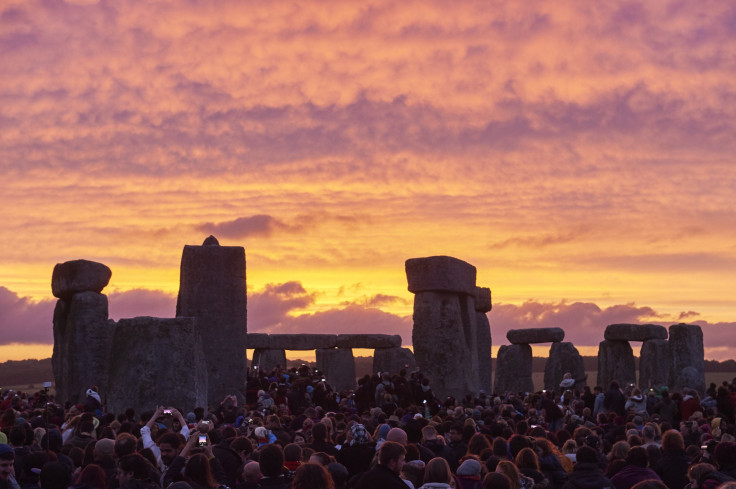Summer Solstice 2016: 10 Interesting Facts To Share On The First Day Of Summer

If you feel this Monday is stretching out longer than usual, you’re right: It’s the day of the summer solstice. Because of the relative positions of the Earth and the sun, it is set to be the longest day of the year in the Northern Hemisphere. Americans will see between 14 and 18 hours of daylight Monday, with the official solstice happening at 6:34 p.m. EDT, as the Washington Post reported.
Want to learn more? Read on for 10 interesting facts to know about the summer solstice and the associated season.
- There are two solstices each year: one in winter and the other in summer.
- The Earth’s axis is tilted as far as it can go toward the sun June 20-22.
- The converse is the case Dec. 21-22 — the Earth’s axis is tilted as far away from the sune as it can go, according to the National Weather Service.
- Just as the summer solstice marks the longest day of the year, the winter solstice marks the shortest.
- The word solstice comes from Latin.
- In Latin, “sol” means sun, and “sistere” means to stand still, according to Mental Floss. Therefore, the solstice occurs when the sun seems to be standing still in the sky at noon.
- In most places, the first day of summer isn’t the hottest day of the year. It varies by location: Usually, the U.S. Southwest has its hottest temperatures between now and mid-July while the Northeast has its warmest temps from mid-July to early August, according to the National Centers for Environmental Information.
- This year, the summer solstice matches up with a strawberry moon. It’s just a full moon that happens in June, so-named because Native Americans saw its arrival as the beginning of strawberry season, as reported by the Telegraph in the U.K.
- Monday represents the first time the summer solstice has coincided with a strawberry moon since 1967.
- About 25,000 people were expected to travel to the ancient monument of Stonehenge in Britain to see the sun rise and set. Stonehenge is constructed in a way that, around the time of the solstice, it allows onlookers to see the sun move precisely above its Heel Stone, according to EarthSky.
Today is the longest day in the northern hemisphere! This is #SummerSolstice at Stonehenge https://t.co/KekPGKq1m3 pic.twitter.com/xZwPEIBSll
— British Museum (@britishmuseum) June 20, 2016
© Copyright IBTimes 2024. All rights reserved.
Join the Discussion






















